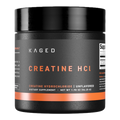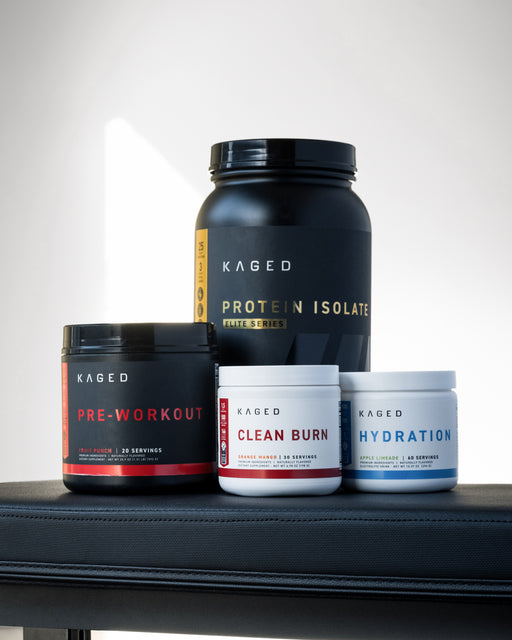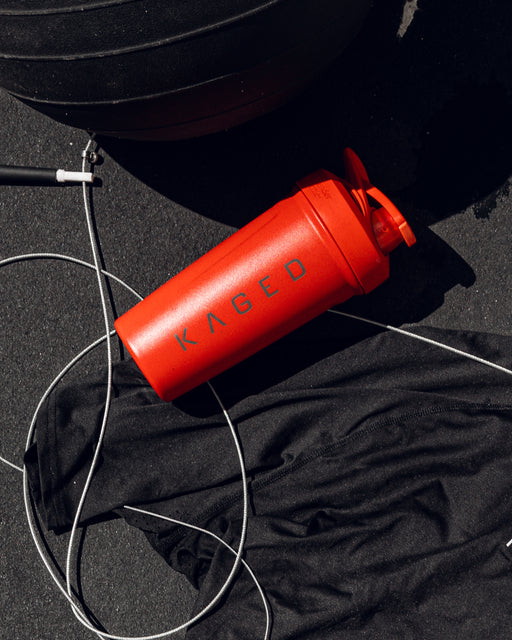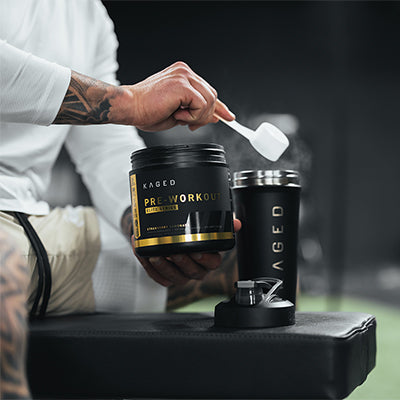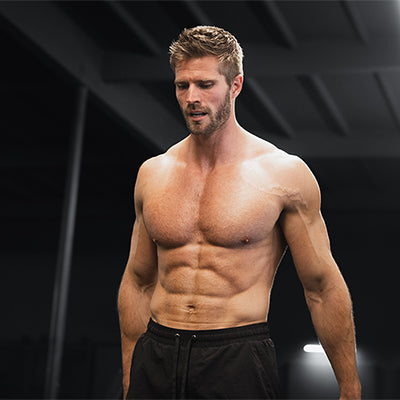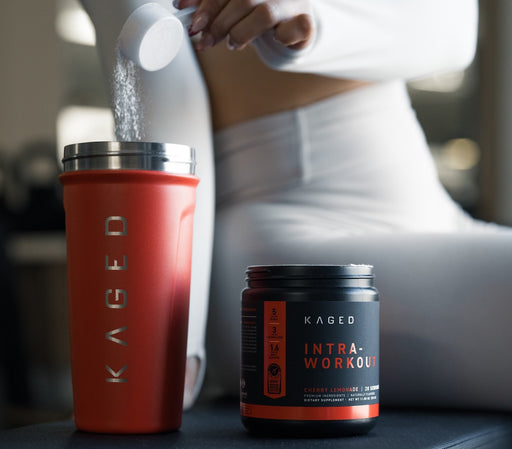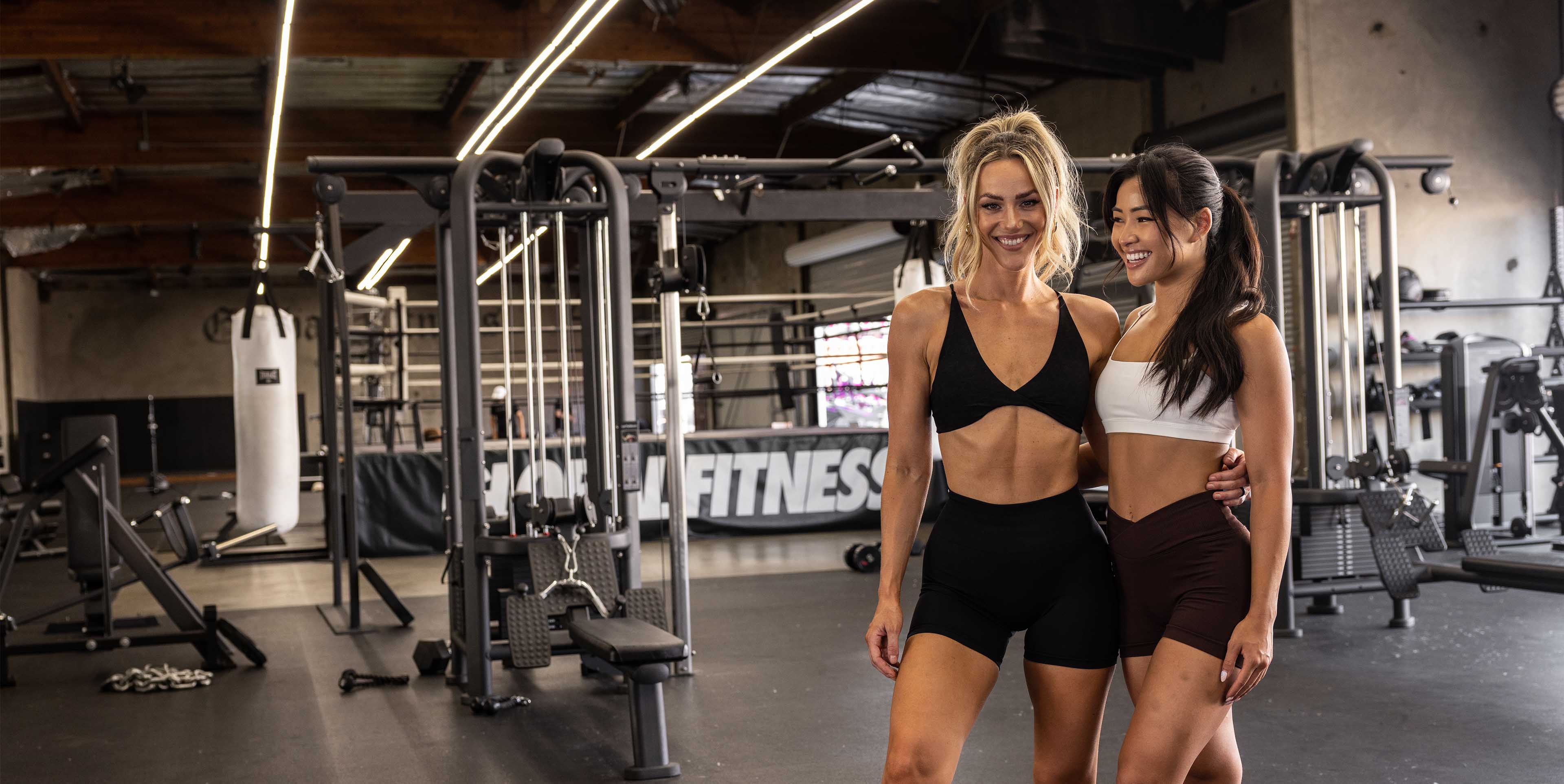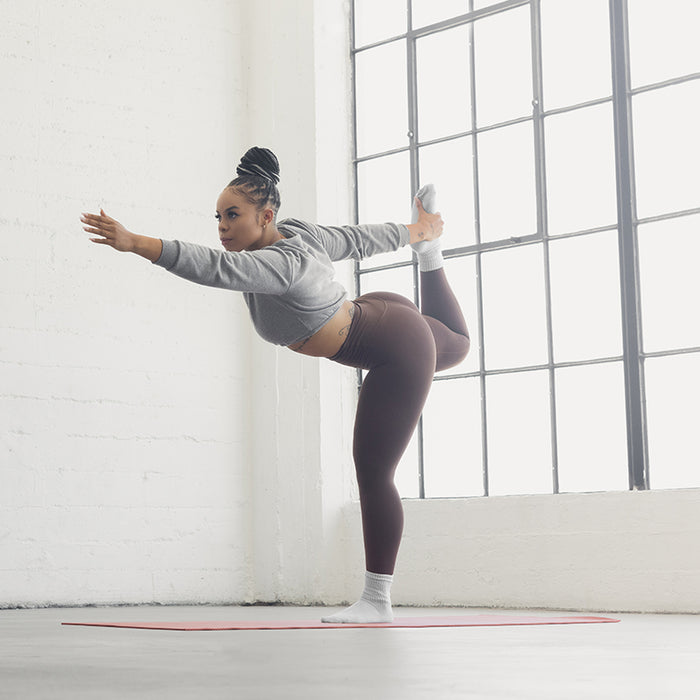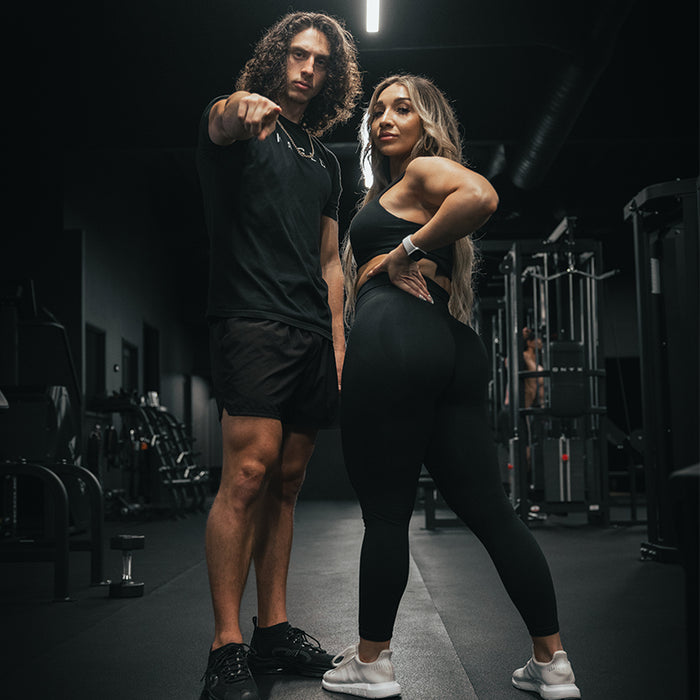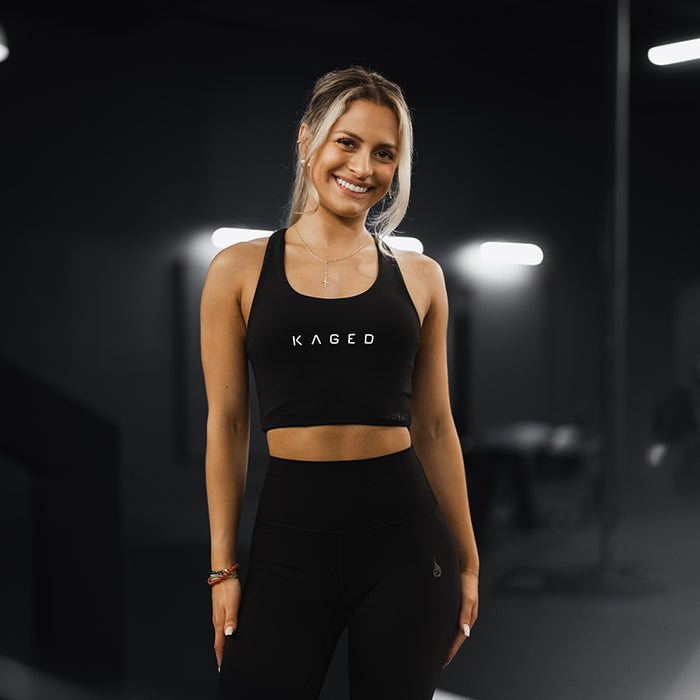If building a strong, thick, and defined back is your goal, there’s one movement you can’t skip: the row. Rows are the cornerstone of back development, helping you build width, thickness, and the power that makes your upper body look and perform like it’s built to last. Unlike exercises that only isolate one area, rows engage multiple muscles simultaneously, improving posture, pulling strength, and overall back aesthetics.
In this guide, we’ll break down the best row exercises for back growth, covering everything from the classic bent-over barbell row to the one-arm dumbbell row and T-bar row, so you can add them to your training program with confidence and purpose.
What Makes a Row Exercise Effective for Back Growth
To understand why rows are so effective, it helps to know what muscles they target. Rowing movements primarily work the lats, traps, rhomboids, rear delts, and erector spinae. Together, these muscles give your back its thickness, definition, and functional strength for pulling movements.
Rows are considered a horizontal pulling exercise, which makes them distinct from vertical pulls like pull-ups or lat pulldowns. While vertical pulls emphasize width and the outer lats, rows hit the back from a different angle, targeting mid-back muscles and contributing to that “thick knot” appearance that signals strength.
Form and technique are critical for maximizing results. Performing rows with a strict range of motion, controlled tempo, and focus on mind-muscle connection ensures that the right muscles are doing the work instead of letting momentum or other muscles take over. Pulling with intention—squeezing your shoulder blades together at the top of the movement—can make a dramatic difference in back growth over time.
The Top Row Exercises for Back Development
If you want to grow a strong, defined back, incorporating these row exercises into your routine is essential. Each movement targets your back muscles slightly differently, giving you a balanced and complete development.
One Arm Dumbbell Row
The one-arm dumbbell row is a classic exercise for isolating each side of your back independently. This helps correct muscle imbalances while also engaging your lats, traps, rhomboids, and rear delts.
How to perform it properly:
-
Place your right knee and hand on a flat bench, holding a dumbbell in your left hand.
-
Keep your back straight, core engaged, and pull the dumbbell toward your torso, driving with your elbow rather than your hand.
-
Pause at the top, squeezing your shoulder blade toward your spine, then lower slowly.
-
Complete your reps and switch sides.
Tips:
-
Avoid shrugging your shoulder—focus on pulling with your back, not your arm.
-
Keep your torso stable to maximize the mind-muscle connection.
Variations:
-
Perform standing with a support handle if no bench is available.
-
Use heavier dumbbells for strength, lighter for higher reps and endurance.
The advantage to the one arm row is now you can isolate either side of your back. There is still a feeling of power with this movement because you’re holding on to a heavy dumbbell and fighting gravity to pull that weight up into your side with straight force. How many inspiring pics of your favorite bodybuilders have you seen over the years pulling on a heavy dumbbell that looks like it’s the length of a coffee table? It’s because one arm rows work…and they look cool too.
Bent Over Barbell Row

The bent-over barbell row is a powerful compound movement that allows you to lift heavier weight and stimulate overall back thickness. It targets the lats, traps, rhomboids, and even your erector spinae for lower-back stability.
How to perform it properly:
-
Hold a barbell with an overhand or underhand grip, feet shoulder-width apart.
-
Hinge at your hips, keeping your back straight and core tight.
-
Pull the barbell toward your lower chest or upper abdomen, keeping elbows close to your body.
-
Lower the bar slowly and repeat.
Tips:
-
Use an underhand grip to involve the biceps more, or overhand to focus purely on back muscles.
-
Avoid rounding your back—maintain a neutral spine throughout.
Variations:
T-Bar Row
The T-bar row combines the strength potential of a barbell row with the controlled motion of a machine row. It’s excellent for building mid-back thickness and improving overall pulling strength.
How to perform it properly:
-
Load one end of a barbell into a landmine attachment or corner.
-
Straddle the bar, bend slightly at the hips, and hold the handle (V-grip or close grip).
-
Pull the weight toward your chest, squeezing your shoulder blades together at the top.
-
Lower with control and repeat.
Tips:
-
Keep your chest slightly lifted to protect your lower back.
-
Focus on a smooth, controlled movement rather than momentum.
Variations:
Additional Row Variations to Grow Your Back
While the one-arm dumbbell row, bent-over barbell row, and T-bar row form the foundation of a back-building program, adding other row variations can provide extra stimulation, improve mind-muscle connection, and target your muscles from different angles.
Cable Rows
Cable rows are a versatile option that allow for constant tension throughout the movement. They target the lats, traps, rhomboids, and rear delts while providing a safer option for those who struggle with free weights.
Tips:
-
Keep your chest upright and pull the handle toward your abdomen.
-
Focus on squeezing your shoulder blades together at the peak of the movement.
-
Experiment with grips (wide vs. narrow) to emphasize different areas of your back.
Lat Pulldowns

Although technically a vertical pull, lat pulldowns complement your horizontal row work by targeting the upper lats and improving overall back width. This helps balance your back development for both thickness and V-shape aesthetics.
Tips:
-
Use a wide grip to emphasize the lats or a closer grip to engage the mid-back more.
-
Avoid leaning too far back—focus on pulling with your back muscles, not your arms.
-
Control the weight both up and down to maintain constant tension.
Machine Seated Rows
Machine seated rows provide a guided, controlled motion, making it easier to focus on form and mind-muscle connection. They are excellent for isolating mid-back muscles like the rhomboids and traps while reducing stress on the lower back.
Tips:
-
Sit upright with a slight lean forward to maximize the stretch at the starting position.
-
Pull the handles toward your torso while squeezing your shoulder blades together.
-
Pause at the peak of each rep to fully engage the back muscles.
By combining free-weight rows with cables, pulldowns, and machines, you can target your back muscles from multiple angles, prevent plateaus, and promote balanced, full back development.
How to Build a Complete Row-Focused Back Workout
Building a strong, thick back isn’t just about doing rows—it’s about structuring your workout so you hit every angle and stimulate growth efficiently. A 20–30 minute session can give you maximum results when you combine compound movements with controlled isolation work.
Sample Row-Focused Back Workout:
-
Bent-Over Barbell Row – 4 sets of 8 reps
-
One-Arm Dumbbell Row – 3 sets of 12 reps per side
-
T-Bar Row – 3 sets of 10 reps
-
Optional Finisher: Face Pulls or Cable Rows – 3 sets of 15 reps
Workout Tips:
-
Rest 60–90 seconds between sets for hypertrophy.
-
Maintain strict form—quality reps matter more than heavy weight.
-
Adjust weights and reps over time to ensure progressive overload.
Tips for Maximizing Back Growth with Rows
To get the most out of your row exercises and accelerate back development, follow these key principles:
-
Progressive Overload
-
Proper Form Over Heavy Weight
-
Mind-Muscle Connection
-
Frequency
Once you have successfully implemented these exercises into your training regime, you can make sure you're adding deadlifts to your back training routine.


